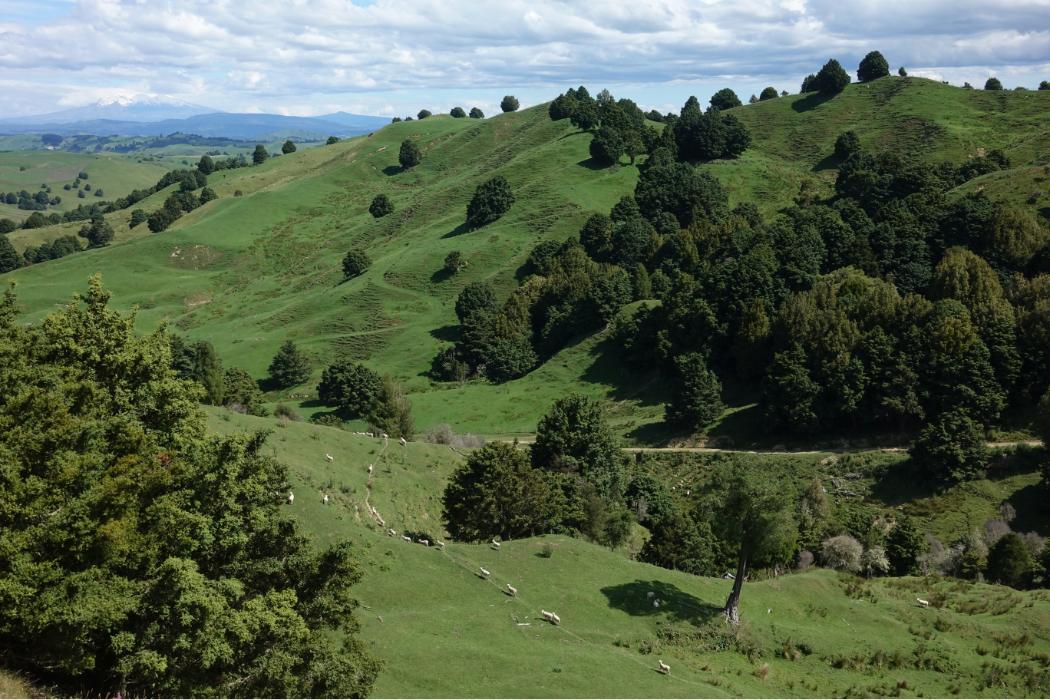Planning and action taken in autumn can help pave the way for a smoother and stress-less winter and spring. Farmers and industry experts share some suggestions.
Clean up
It’s been a season of plentiful growth throughout the country, so getting any rank pasture back in check before winter is a smart move, Canterbury farm consultant and Advance Party facilitator Wayne Allan says.
“Clean out your pastures with cattle or top and bale it – pastures have longer to recover if it’s done in autumn rather than winter.”
Drench
Keep up the drenching programme for weaners. Under normal pasture conditions, weaners are especially susceptible to lungworm in early autumn and gastro-intestinal worms later in autumn. Weaners should be treated at 3-6 weekly intervals from March to June with industry recommended anthelmintic treatments (www.deernz.org/sites/dinz/files/DeerFact_InternalParasites_2015-09.pdf
Test
Late summer or early autumn is the time to test silage, Waikato deer farmer Steve Borland says.
“You might have a heap but what feed value is it?”
Members of the Advance Party he belongs to tested their silage and the range of results was an eye-opener. Results ranged from 8 to 12 MjME, and protein levels from 8 up to 20.
“It showed that although it might be sweet smelling it doesn’t necessarily add up to quality dry matter. It also helped us work out what we had on hand going into winter and what extra we had to buy in.”
Plan
Work out a winter access and grazing strategy before putting up fences, Janet Gregory, NZ Landcare Trust, Canterbury co-ordinator says.
“Think about the location of stock water sources and using temporary water troughs if necessary. Also, put supplementary feed out before winter if possible.”
Autumn could also be the ideal time to take action on critical source areas – gullies and swales where run-off accumulates – by fencing them off.
“Where possible they need to be left uncultivated and ungrazed. Managing these areas helps greatly reduce the loss of sediment and nutrients,” Janet says.
Pile it on
Weaners should be piling on at least 185 grams a day during autumn to meet chilled season targets. It’s a modest target, but more than 20% above the industry average of 150g/day. In autumn a minimum of 5kg DM/hd/day, not including dead matter, is recommended. For ryegrass-based pastures, the Speights beer can approach can be used to hit the right drymatter targets. Weaners should go onto a paddock or break when the feed is at or just above the top of the can (10-12cm high), and off it when the feed is just above the top of the stars on the can (6-8cm). For more go to: https://www.deernz.org/sites/dinz/files/DeerFact_FasterWeaners_Web.pdf
Disinfect
Specialist Hawke’s Bay weaner finisher Duncan Holden thoroughly disinfects the deer shed and yards two weeks before and on arrival of weaners in autumn.
“We’re a bit anal about Fusobacteriosis so we put disinfectant in a back pack and spray the shed and yards as a precautionary measure.”
The bacterial disease is not common in deer, but stressed deer such as the 1100 newly weaned and transported animals delivered annually to Duncan and Wendy Holden’s Ongaonga farm are at risk. There is no protective vaccine so prevention is the only solution. As well as disinfecting handling facilities, other measures are to remove sharp or protruding surfaces, provide non-slip surfaces and ensure proper drainage.
Chill
Another suggestion from Steve Borland is to take a holiday before the winter feeding routine kicks in. Having said that, he hasn’t followed his own advice since Shabor Ltd, co-owned by the Borland and Sharp families, bought an Oparau farm in mid-2014. He’s been full-on developing the farm for velvet production and Wiltshire sheep.
“I had one short break with the grandkids at Coromandel but this year I’ll take a break and look at retiring. I still enjoy deer and the large-scale property but I’m getting too old.”




